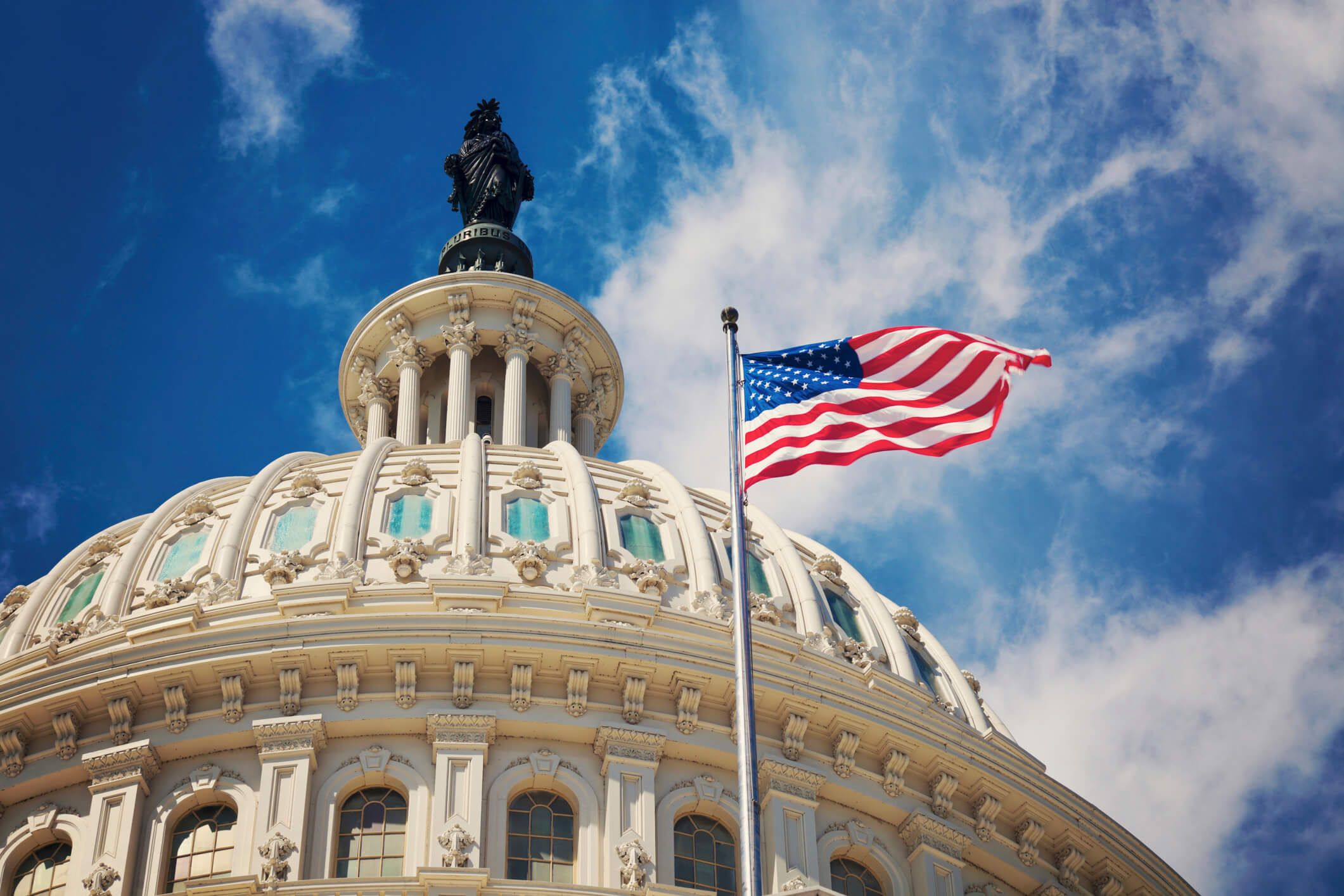The long wait for the so-called “contractor blacklisting” rules is over. According to a fact sheet released by the White House, final regulations and guidance will be released on August 24, 2016 and published in the Federal Register on the following day. The final regulations and guidance (the final rules) are being issued by the Federal Acquisition Regulatory Council (FAR Council) and the U.S. Department of Labor (DOL) to implement Executive Order No. 13673, Fair Pay and Safe Workplaces (EO 13673), which President Obama signed in July 2014. In addition, the president also amended EO 13673, just before the White House’s blacklisting announcement, to add language that seems intended to better insulate the final rules against litigation challenging their constitutionality and their conflict with other federal statutes. Based on the White House’s summary and the amended executive order published on the White House’s website, here is what we know about the contours of the final rules:
- Effective Date. The final rules will take effect on a phased-in schedule starting on October 25, 2016.
- Pre-Dispute Arbitration Agreements. Prohibitions against requiring employees to enter into pre-dispute agreements to arbitrate claims brought under Title VII of the Civil Rights Act of 1964 or tort claims arising from sexual assaults or harassment will take effect on October 25, 2016. The White House indicates that this prohibition will not apply “where valid contracts already exist and remain unmodified.”
- Paycheck Transparency. Paycheck transparency provisions of the final rules will become effective on January 1, 2017.
- One-Year Delay for Subcontractor Disclosures. For the one-year period beginning October 25, 2016, disclosures of labor law violations will be required only for prime contractors. Subcontractor disclosures will not be required until October 25, 2017.
- Contract Thresholds. For the first six months after October 25, 2016, the requirement for prime contractors to disclose labor law violations will apply only on solicitations valued at $50 million or more. Starting on April 25, 2017, solicitations valued at or above $500,000 will be covered.
- Three-Year Lookback Window. The three-year lookback period for disclosures will be phased in gradually. Initially, the period of time covered by the disclosure obligation will be limited to one year preceding the date on which a contractor submits a bid on a covered solicitation. Presumably, that window will increase from one to two years as of October 25, 2017, and then to the full three-year window as of October 25, 2018.
- DOL to Handle Subcontractor Disclosures. Once subcontractor disclosures are required, the DOL will be responsible for determining whether and how labor law violations will affect subcontractor access to work on covered federal contracts. Subcontractors will make their disclosures directly to the DOL, rather than to prime contractors; and prime contractors will be able to rely on the DOL’s review.
- Equivalent State Laws. The final rules do not contain any timeframe for rulemaking concerning labor law violations involving “equivalent” state laws. The White House indicates that this requirement will be “phased in at a later time” (with the exception for OSHA-approved state plans, which will take effect in accordance with the above schedule).
- Early Assessment Opportunities. Starting September 12, 2016, the DOL will offer a pre-assessment” process, which will allow contractors to come forward to the DOL “to discuss their history of compliance with labor laws” and secure guidance on whether “additional compliance measures are necessary.”
- Helpful Citizens. The White House fact sheet highlights the opportunity for the public to make reports to contracting agencies, a point that largely has escaped notice until now. According to the White House, Agency Labor Compliance Advisors “will also be available to members of the public who have information they feel that prospective contractors should have disclosed about their labor violations.”
Certainly, the summary prepared by the White House includes some positive changes for government contractors. The incremental phase-in of the three-year lookback window is a welcome development. It puts administrative merits determinations, arbitral awards or decisions, and civil judgments rendered against contractors prior to October 25, 2015, outside the reach of the final rules on any future contract bids. Thus, with the exception of the one-year period leading up to the effective date, contractors will have a clean slate going forward.
The fact that the DOL is taking responsibility for subcontractor disclosures is also a positive development (though not a surprise) for prime contractors. The benefit is potentially significant since this approach relieves prime contractors of a massive responsibility and also spares them the risk of having their determinations second-guessed by the DOL or affected subcontractors. However, exactly what this development means for subcontractors (some of which may be “primes” on some contracts and “subs” on others) remains to be seen. It is not clear whether the final rules envision the DOL as acting merely as a source of formal opinions on the gravity of subcontractor violations or more as a de facto gatekeeper with the power to clear subcontractors for federal contracts or “blacklist” them. The final rules will contain new language to deal with this arrangement.
Unfortunately for government contractors, the DOL and the FAR Council appear to have ignored the avalanche of regulatory comments from employers and industry groups calling for limits on the use of “administrative merits determinations” in responsibility determinations. The White House does not identify any change in the approach to this concept or to the low and elastic thresholds for “serious, willful, repeated, and pervasive” violations. Consequently, federal contractors can expect contracting officers to treat unilateral, non-adjudicated enforcement decisions by agency staff as predicate violations that could limit access to federal contracts. Regrettably, the National Labor Relations Board, the Equal Employment Opportunity Commission (EEOC), and the DOL will be positioned to pressure contractors into agreeing to concessions and settlements as the price of access to federal contracting opportunities.
Just as the final rules take effect, contractors in the defense industry may catch a break. Both the House and Senate have passed versions of the National Defense Authorization Act (NDAA) that would exempt some or all Department of Defense contractors from the final rules implementing EO 13673. Since the Department of Defense accounts for approximately two-thirds of federal contracts, such an exemption would have an enormous impact on the reach of the final rules. At this point, the House and Senate versions differ in terms of the extent to which defense contractors are exempted. The House and Senate Armed Services Committees will need to reconcile these differences so the NDAA can be sent to the president for his signature. It remains to be seen whether President Obama would, in fact, veto the NDAA if it contained such a provision.
Stay tuned for a more detailed analysis in the days to come once we have a chance to review the text of the final rules.





